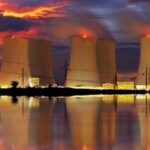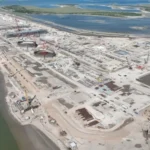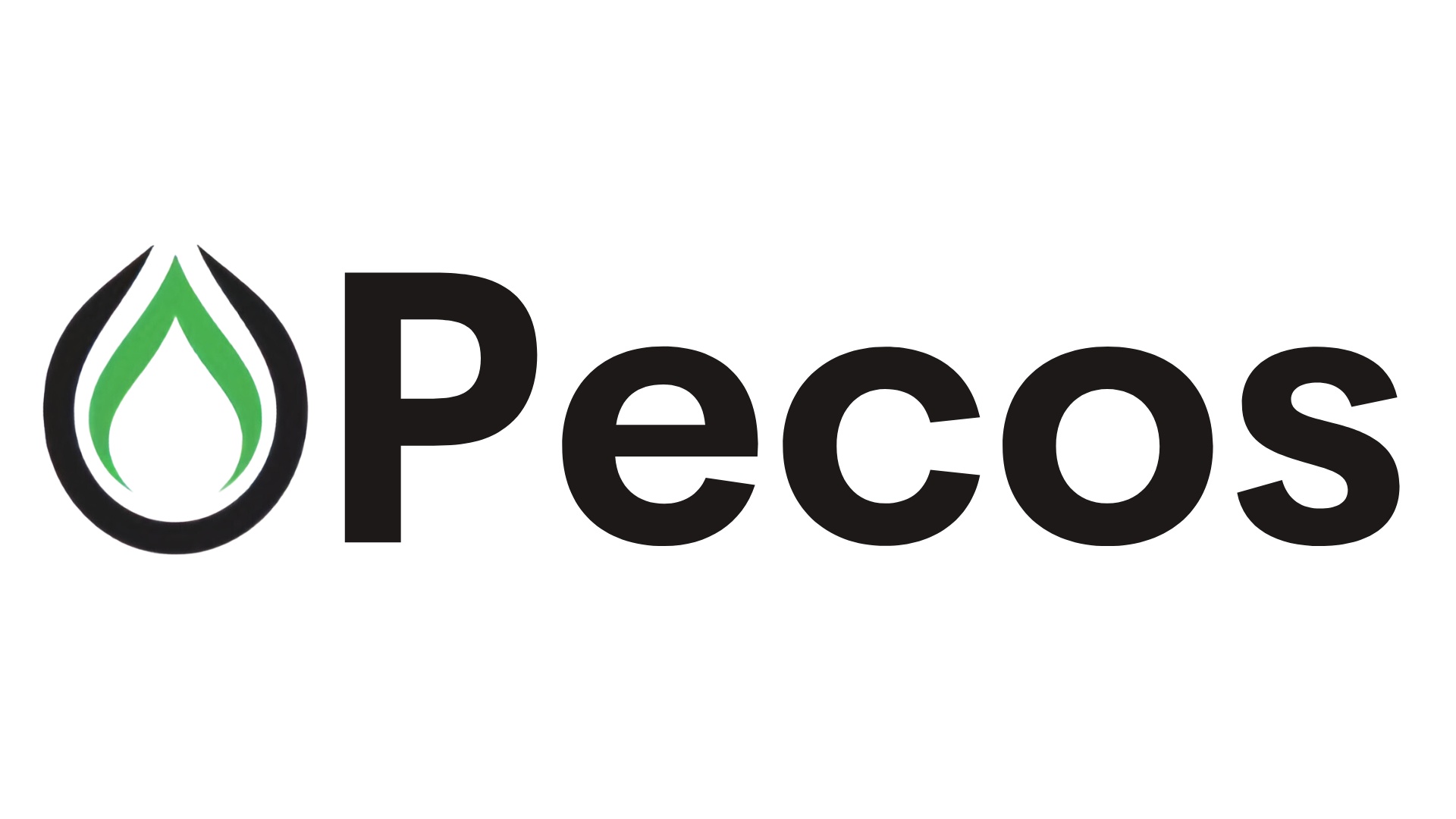Energy News Beat
- China has significantly increased its nuclear energy capacity in the last decade, positioning it to become the world’s largest nuclear energy producer.
- China is actively developing and deploying advanced nuclear technologies, such as small modular reactors and thorium-fueled reactors, outpacing Western development in these areas.
- The cost and time required to build nuclear reactors in China are substantially lower than in the United States, giving China a competitive edge in both domestic and international markets.
China has lapped the rest of the world in terms of nuclear energy deployment, and now it has its gaze set on dominating the nuclear export sector as well. Though the United States has been the biggest nuclear power generator in the world for decades, the American market has significantly slowed in recent decades, with much of its ageing fleet facing terminal decline. Over the same period, China has doubled down on nuclear energy buildout, adding a staggering 34 gigawatts of capacity over the last ten years. As a result, China is now set to overtake the United States (and France) to become the world’s single biggest producer of nuclear energy within the next ten years.
At the same time that China has been rapidly building out its nuclear power capacity, it has also been experimenting with many novel technologies. China has busily rolled out small modular reactors and high-temperature gas-cooled units while similar U.S. designs have languished in regulation limbo. And Beijing has even more ambitious nuclear energy prototypes in mind, including reactor models fueled by thorium instead of uranium.
All of this is to say that the Chinese nuclear sector has definitively cornered global expertise on nuclear technologies and development. Though U.S. scientists have developed similar prototypes in theory, and often before Chinese markets began to consider them, China actually managed to build them and now boast a wealth of experiential knowledge that the West cannot seem to keep pace with.
While the West is aware that it is losing the nuclear energy race, there’s little that the United States or European Union countries can do to close the gap. China is able to build nuclear reactors in a fraction of the time and at a fraction of the cost compared to its Western would-be competitors. “The country’s reactor developers are state-owned enterprises, and receive preferential loans with low interest rates,” the Huffington Post recently reported. “That’s a stark contrast from U.S. and European projects, which can overrun their budgets by billions of dollars each time a regulatory delay holds them up, sending interest on their loans soaring.”
The United States’ newest nuclear reactor, Georgia’s Plant Vogtle, finally fully came online on April 29, 2024, seven years late and $17 billion over budget. This makes it, by some accounts, the most expensive infrastructure project of any kind in U.S. history at a whopping $35 billion. And now that Vogtle is finally finished, there are currently zero nuclear reactors under construction in the United States.
Moreover, electricity provided by Plant Vogtle is estimated to cost the “astoundingly high” sum of $170–$180/MWh. This, too, is a huge issue for the nuclear sector in the United States, where different energy sources have to be cost competitive. In China, where the electricity market is not divvied up in the same way, nuclear plants can “count on steady electricity rates from industrial buyers to help pay off the cost of a multibillion-dollar investment in new reactors” according to the Huffington Post.
Now, Chinese nuclear power is ready to make a mark on international energy markets as well. Beijing is rapidly expanding its presence in emerging markets from Asia to Africa by financing and building nuclear reactors in countries that desperately need reliable and carbon-neutral energy buildout. While Russia currently dominates global nuclear supply chains, China may be on track to overtake that superlative as well.
“We continue to advance comprehensive cooperation with ‘old friends’ such as Russia and France, expand in-depth cooperation with ‘new partners’ such as other key European countries,” Lu Tiezhong, a China National Nuclear Company (CNNC) official, told the Chinese nationalist propaganda outlet the Global Times last year. “We plan to establish a research and development center in Eastern Europe, seize the opportunity of accelerated global innovation resource flow and reshuffling, continuously increase the participation of international scientific and technological talents in CNNC’s scientific research tasks and engineering implementation, coordinate with international development strategies, expand international influence, open up international markets and help CNNC’s full industry chain ‘go global.’”
By Haley Zaremba for Oilprice.com
The post Why China is Winning the Nuclear Energy Race appeared first on Energy News Beat.









